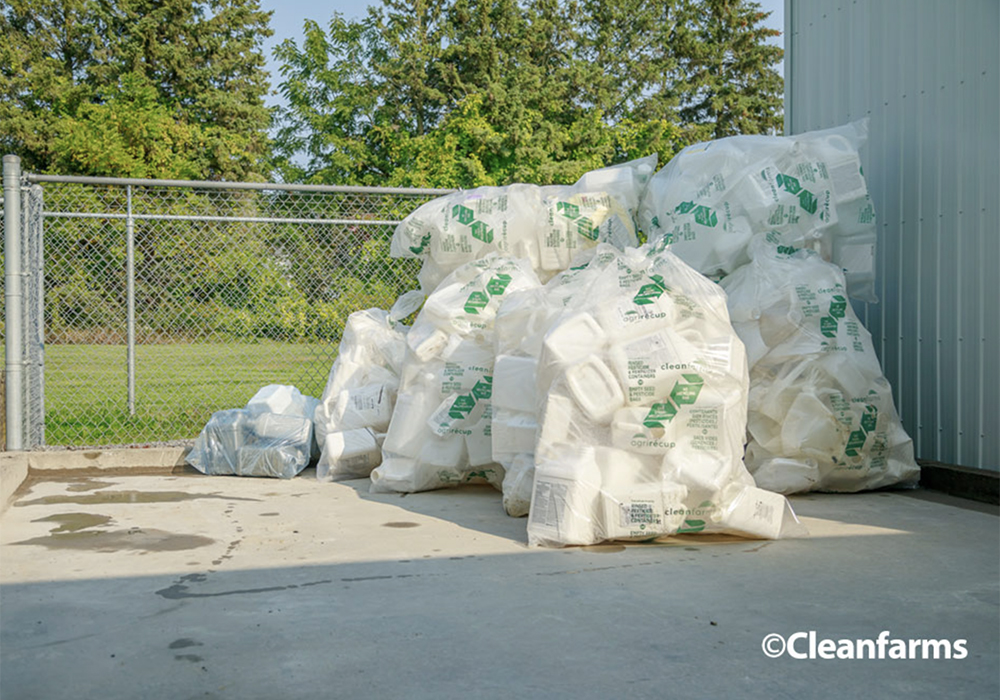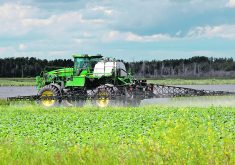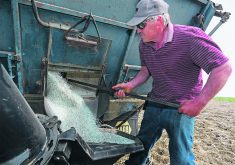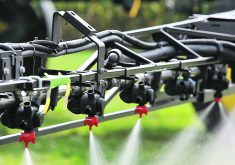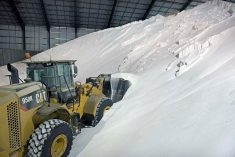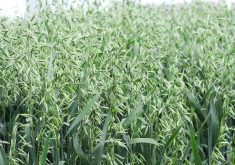Farmers should find it easier to return used agricultural product containers and materials in the future, says Cleanfarms.
“As we streamline towards one model … it makes it easier to participate,” Cori Crawford, CleanFarms sustainability manager, said at the Keystone Agricultural Producers annual meeting.
CleanFarms organizes collection and recycling efforts for the agricultural industry’s used containers and packaging, notably pesticide containers.
While most provinces have had farmers take used containers back to their retailers, Manitoba and Alberta farmers have also delivered waste to municipal landfills. That’s changing in the next couple years, with those farmers also needing to return empties to retailers. Crawford said this change comes from a desire to make the system simpler for everybody, plus the growing challenges some municipal waste centres have in handling all types of agricultural materials.
“We’re trying to improve accessibility, not reduce it,” said Crawford, encouraging farmers to contact CleanFarms if it gets more difficult in their local area to return ag product waste.
“This transition is happening gradually so we can get feedback from farmers and adjust on a community-by-community basis.”
Farmers are being asked to put their chemical empties into CleanFarms bags, which will be supplied by retailers when farmers purchase inputs. That will make them easier and safer to handle.
CleanFarms is working with pesticide, seed and fertilizer manufacturers and distributors to improve the sustainability of farm product packaging, Crawford said. For example, some 10 litre jugs have had an aluminum component that is hard to extract and recycle.
In 1,000 litre totes it can be difficult to extract the last chemical, causing some of it to be wasted and making the container hard to rinse.


